Overview
ZF MICO Brake Locks are for supplemental parking and are to be used in conjunction with a vehicle's mechanical parking brake. They perform as an operational holding brake only and are not intended to be used for prolonged parking. All ZF MICO Brake Locks include low pressure warning switch(s) for added safety.
There are several types of brake locks available for use on single, dual, split, or anti-lock brake systems. What type of ZF MICO Brake Lock do you have?
Select your product group:
691 Brake Lock System
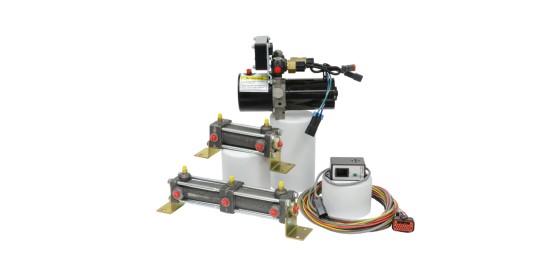
691 Brake Lock System
The MICO 691 Brake Lock System locks hydraulic pressure in the service brakes to supplement the vehicle's mechanical parking brake and provide extra holding in heavy-duty high frequency applications. These systems also function as an interlock to apply pressure to the service brakes when other vehicle mounted equipment is being used.
A system consists of a small electrohydraulic pump, remote mounted actuator (single and/or dual), electronic control module, and a small dash mounted user interface. The operator simply activates a switch and the 691 System automatically applies, monitors, and maintains brake-locking pressure.
Troubleshooting information on the MICO 691 Brake Lock System starts on page 16 of the Operation and Installation Instructions below. Also below are instructions for power unit or pressure switch replacement, as well as, diagnostics information.
Documents
Dual Cable Lock
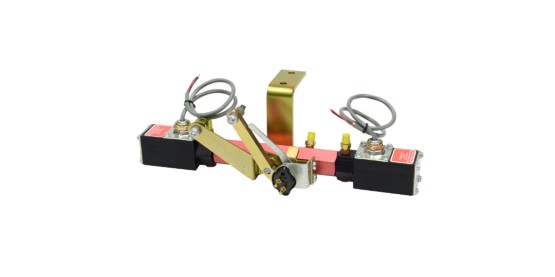
Dual Cable Lock
A MICO Dual Cable Lock is designed to supplement a vehicle's standard parking brake by utilizing the hydraulic service brakes of a vehicle equipped with a dual or split braking system. This brake lock is cable operated. Dual cable locks can provide 4-wheel lockup for hydraulic dual brake systems or vehicles with only rear wheel ABS. They can also provide 2-wheel lockup for 4-wheel non ABS vehicles and 2 wheel lockup for 3 and 4 channel ABS. Dual Cable locks include two low pressure warning switches.
Troubleshooting information on the MICO Dual Cable Lock starts on page 4 of the Installation and Service Instructions below.
Documents
Lever Lock
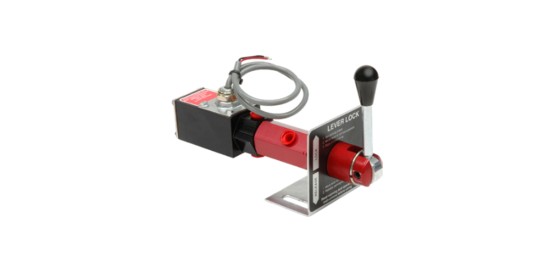
Lever Lock
The MICO Lever Lock is designed to supplement a vehicle's standard parking brake by utilizing the hydraulic service brakes. Lever Locks are manually operated one-way check valves, which lock fluid under pressure in the selected brakes. Hand operation leaves the operator's feet free for clutch and throttle pedal operation. Lever Locks include one low pressure warning switch.
Troubleshooting information on the MICO Lever Lock starts on page 4 of the Installation and Service Instructions below.
Documents
Twist Lock
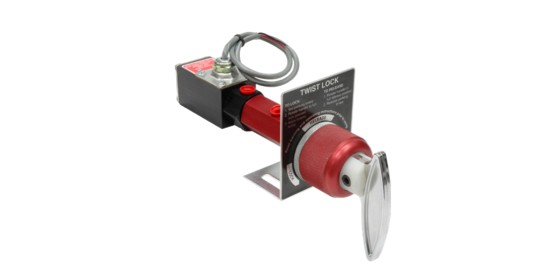
Twist Lock
MICO Twist Locks are functionally the same as lever locks. There are two differences. A Twist Lock has a rotary action handle and the internal push rod is sealed and lubricated with silicone grease for tough environmental applications. Twist Locks include one low pressure warning switch.
Troubleshooting information on the MICO Twist Lock starts on page 4 of the Installation and Service Instructions below.
Documents
Cable Lock
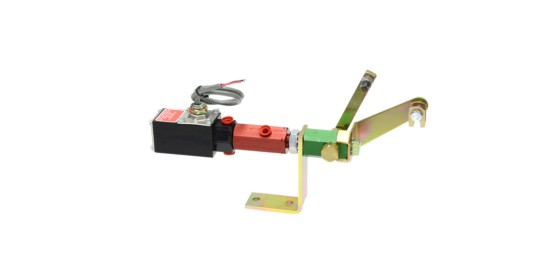
Cable Lock
A MICO Cable Lock is functionally the same as a lever lock or a twist lock. The difference being a Cable Lock is cable operated for remote mountings when space under the dash is limited. Cable Locks include a low pressure warning switch.
Troubleshooting information on the MICO Cable Lock starts on page 4 of the Installation and Service Instructions below.
Documents
Electric Lock
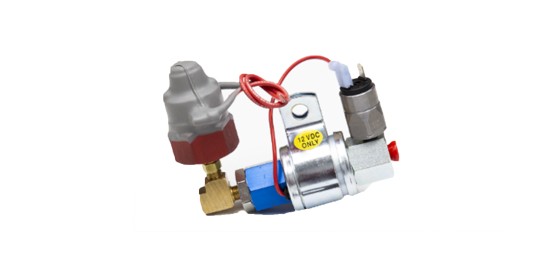
Electric Lock
The MICO Electric Brake Lock is installed directly into a vehicles service brake system. It is activated by the flip of a toggle switch located within reach of the vehicle operator. When activated, this brake lock acts as a one-way check valve and holds pressure to the brakes until the lock is released. Service brake operation is not affected by the use of an electric brake lock.
A MICO Electric Brake Lock can be used in many different vehicle applications, however, it is not recommended for use in frequent stop applications or emergency vehicle applications.
Troubleshooting information on the MICO Electric Lock starts on page 4 of the Installation and Service Instructions below.
Documents